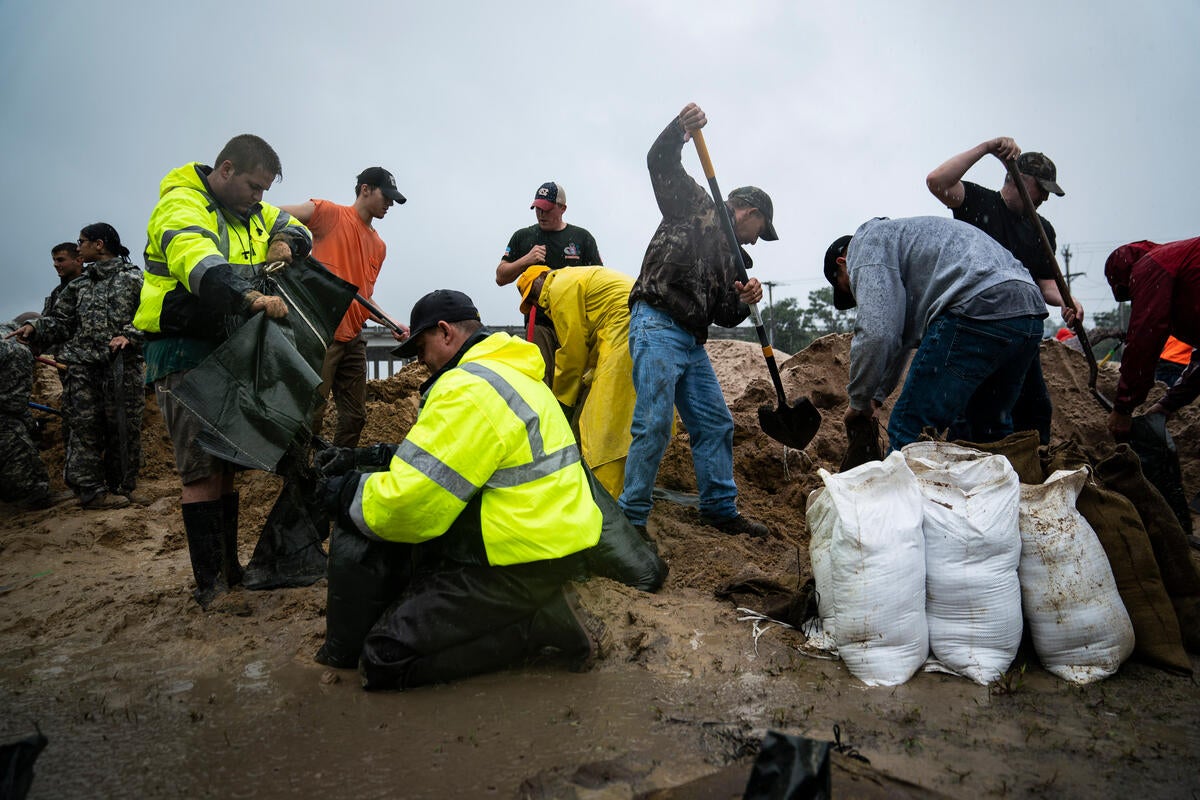On April 4, the Federal Emergency Management Agency (FEMA) was directed under the Trump administration to eliminate one of the largest disaster preparedness programs in the country. By defunding the Building Resilient Infrastructure and Communities (BRIC) program, the administration will be canceling more than $882 million in funding aimed at helping communities reduce their risks and minimize costs ahead of natural disasters. These programs help keep people safe and save taxpayer dollars when future storms hit. As we enter this year’s hurricane season, BRIC funding cuts, along with other actions targeted at dismantling disaster safety nets, leave vulnerable states and communities less prepared than ever.
Growing Returns
Selected tag(s): Atlantic hurricane season
Major federal funding cuts leave communities less prepared for hurricane seasons
Five years after Hurricane Florence, EDF looks back at efforts to build resilience in North Carolina
In 2018, Hurricane Florence made landfall near Wilmington, North Carolina, taking 42 lives and costing more than $16 billion in estimated damage. Now, five years later, many residents and communities are still reeling from the storm’s floodwaters. Blue tarps remain on unpatched roofs, businesses have not returned and communities have experienced disproportionate recoveries.
The immediate and residual impacts from Hurricanes Florence and Matthew, Tropical Storm Fred and other subsequent unnamed flooding events have had long-lasting impacts on communities. As a result, these events have encouraged state leaders to take action to better prepare for future storms.
Environmental Defense Fund thanks leaders, as well as businesses, conservation groups and community members, for working to build a more flood-resilient North Carolina. Let’s look at how far we’ve come in the last five years.

LUMBERTON, NC – SEPTEMBER 14 : 40 members of the National Guard and 100 volunteers fill sand bags and build a wall across train tracks where flood waters flowed into Lumberton in hurricanes past behind West Lumberton Baptist Church on Friday, Sept 14, 2018 in Lumberton, NC. North Carolina State Senator Danny Earl Britt, Jr. organized the action through facebook in defiance of CSX Transportation but with permission of the Governor to try and prevent major flooding in the area. (Photo by Jabin Botsford/The Washington Post via Getty Images)
Hurricane season is here. We need a national plan to protect our coastal communities.
The Atlantic hurricane season is underway as many coastal areas still recover from an endless barrage of storms last year that culminated in the most active hurricane season on record. With climate change, we can expect to see more intense hurricanes, leaving many communities at risk.
In fact, a new report indicates that as many as 32 million U.S. homes and $8.5 trillion in assets are vulnerable to hurricane damage.
3 actions Congress can take now to build more resilient coasts
Earlier this year, NOAA released findings indicating that the rate of sea level rise has doubled over the last century and, even if global emissions reduction targets are met, sea level could increase 12 inches by 2100.
Coastal states are already feeling the effects of sea level rise with high-tide flooding increasing from 300% to 900% in some places compared to 50 years ago. Hurricanes are also getting stronger and dumping more rain, and last year’s Atlantic hurricane season was the most active ever. Read More









